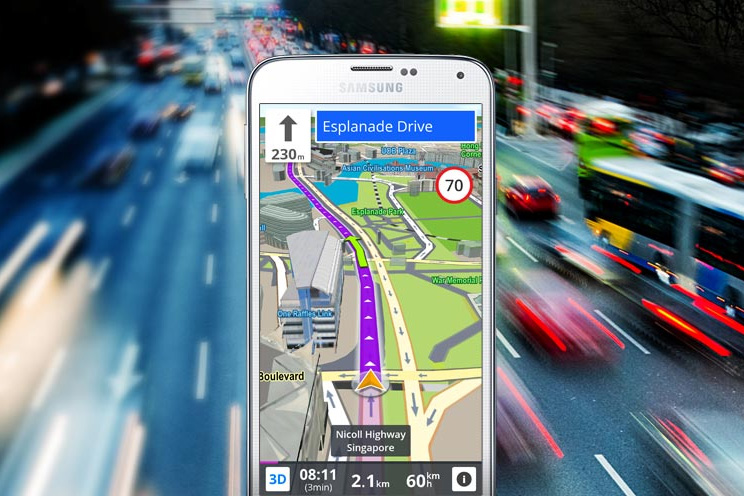Officially, the app covers “every United Nations recognized state.” The full list of non-covered regions includes the Aland Islands near Finland, Antarctica, the McDonalds Islands and Heard Island (a group of Antarctic islands near Australia), South Georgia, the Sound Sandwich Islands, and Svalbard and Jan Mayen, a few islands near Norway. So, unless you take a wrong turn and end up in Antarctica, you should be fine.
Of course, users should keep in mind that some of the maps available to the app cost money. Australia, for example, costs $25, which begs the question why would you want to spend money when most of Australia is covered by Google Maps anyway?
Well, as noted by the company’s spokesperson Daniela Zelinova in an email to the Verge, Google only offers a maximum of 7,500 square miles of offline data. Even that will eat up a hefty 1.5GB on your device, and would cover only around a quarter of California. Sygic offers a full map of California that only eats up 330MB of storage, but contains all the information needed for standard navigation.

With the prices that it has, the company will certainly find it difficult to compete in a market with the likes of Google and Apple Maps. Even if Google Maps only offers 7,500 square miles of offline data, the company is likely to be working on improving the feature. Not only that, but most people don’t really need offline maps in the majority of the States, where cellular coverage is pretty abundant.
Still, Sygic boasts a whopping 125 million users, and if it’s aiming to court those who like to travel to remote areas, then these new map acquisitions could be a big deal. It may also be useful to frequent travelers who don’t want to rely on paper maps or buy an international data plan while they’re abroad.
If you’re interested, you can download the iOS version on the App Store or the Android version on Google Play. There’s also a Windows Phone and Amazon version of the app.



